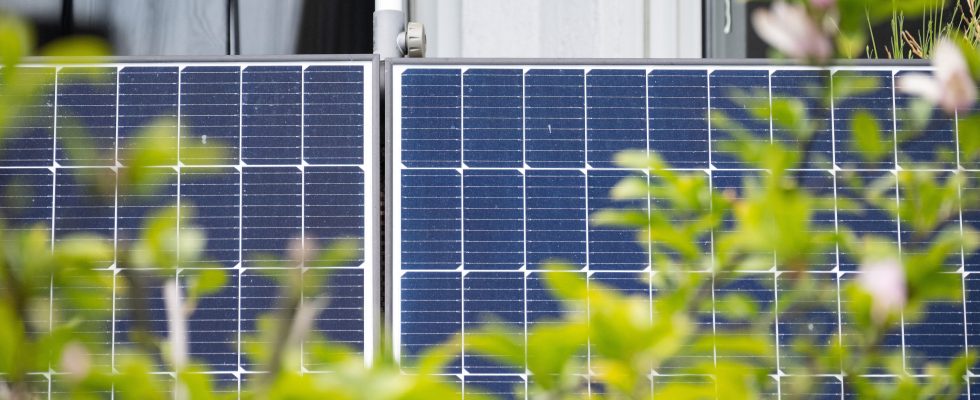Quite a symbol. In 2023, investments made in the field of solar energy should exceed, for the first time, those made in oil, according to the annual report of the International Energy Agency (IEA) published on Thursday. “Clean energy is advancing rapidly, faster than many people imagine,” IEA director Fatih Birol said in the document. He also explains that global investment in power generation is now 90% dominated by low-carbon technologies.
In general, investment in decarbonized technologies (renewable energies, as well as nuclear, electric cars or heat pumps), should reach 1,700 billion dollars in 2023, when around 1,000 billion will go to solutions fossils. “For every dollar invested in fossil fuels, approximately $1.70 goes to clean energies. Five years ago, this ratio was 1-1”, explains the report, which nevertheless specifies that the amounts devoted to hydrocarbons and coal continue to grow by 15% annually. Clean energies, meanwhile, are growing by 24% per year.
The sector boosted by the energy and climate crisis
This increase is notably driven by that of solar energy. “More than $1 billion a day is expected to go to solar investments in 2023 ($380 billion for the full year), pushing that amount beyond that invested in oil production for the first time ($370 billion). billions of dollars)”, explains the institution based in Paris.
It is clear that fossil fuels are no longer as profitable as before. Their prices are extremely volatile, in particular because of the Russian invasion of Ukraine, which has created significant concerns about gas supplies. The support measures taken by the European Union, China, Japan and the United States have reinforced the trend. The report also points to the increase in taxes on fossil fuels in some countries, making the prospects for return on investment much less attractive for companies.
Some locomotives
The whole world is not moving at the same pace. The International Energy Agency notes that this increase in investment is mainly due to so-called “advanced” economies, such as the United States, Germany, Japan and France. China is also one of the countries to massively finance the development of solar energy. The rest of the world weighs very little in this increase. In its report, the IEA calls on the international community to mobilize on the subject: “The irony is that some of the sunniest places in the world have the lowest levels of investment in solar”
The institution also points to a major downside: spending on oil and gas exploration and exploitation is expected to increase by 7% in 2023, bringing the world back to 2019 levels. At this rate, the trajectory of carbon neutrality by the middle of the century is still further away. Another point of concern is the decline in investment in coal. The sector reached a historic peak in 2022, the sums allocated are six times higher than those that should be reached in order to ensure carbon neutrality.
